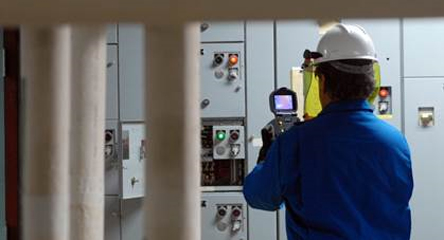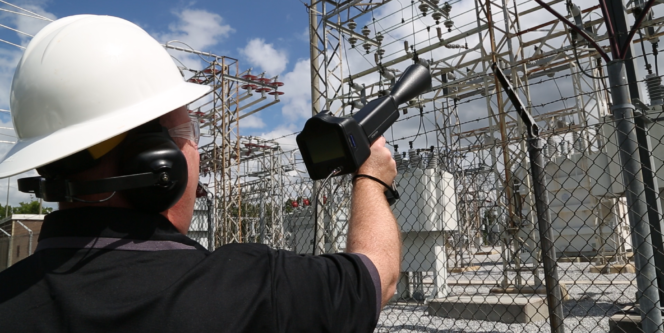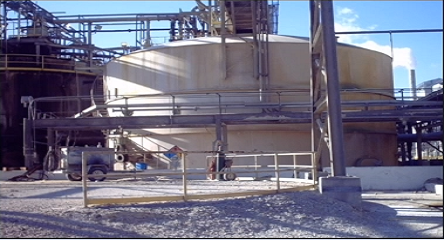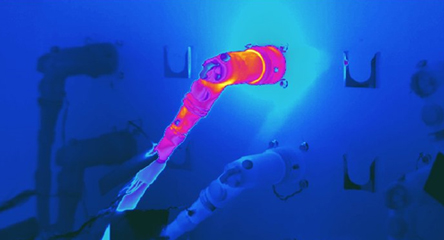About the Author
Mr. DeMonte holds both an Associate Degree in Science and Applied Science and Bachelor of Arts Degree in Liberal Arts from Thomas Edison State College. He graduated from the Naval Nuclear Power School in 1993.
Mr. DeMonte served 6 years (1992-1998) in the United States Navy as a Line Manager Level Nuclear Mechanic.
Certifications
• ASNT Thermal Infrared Level III Certification
• UE Systems Level I Airborne Ultrasound Certification
• Technical Associates of Charlotte Level 2 Vibration Analysis
READ FULL BIO







Thanks for the piece of advice about the infrared camera and I am sure to share with my friends about these
You are very welcome. We hope to have more info for you soon.